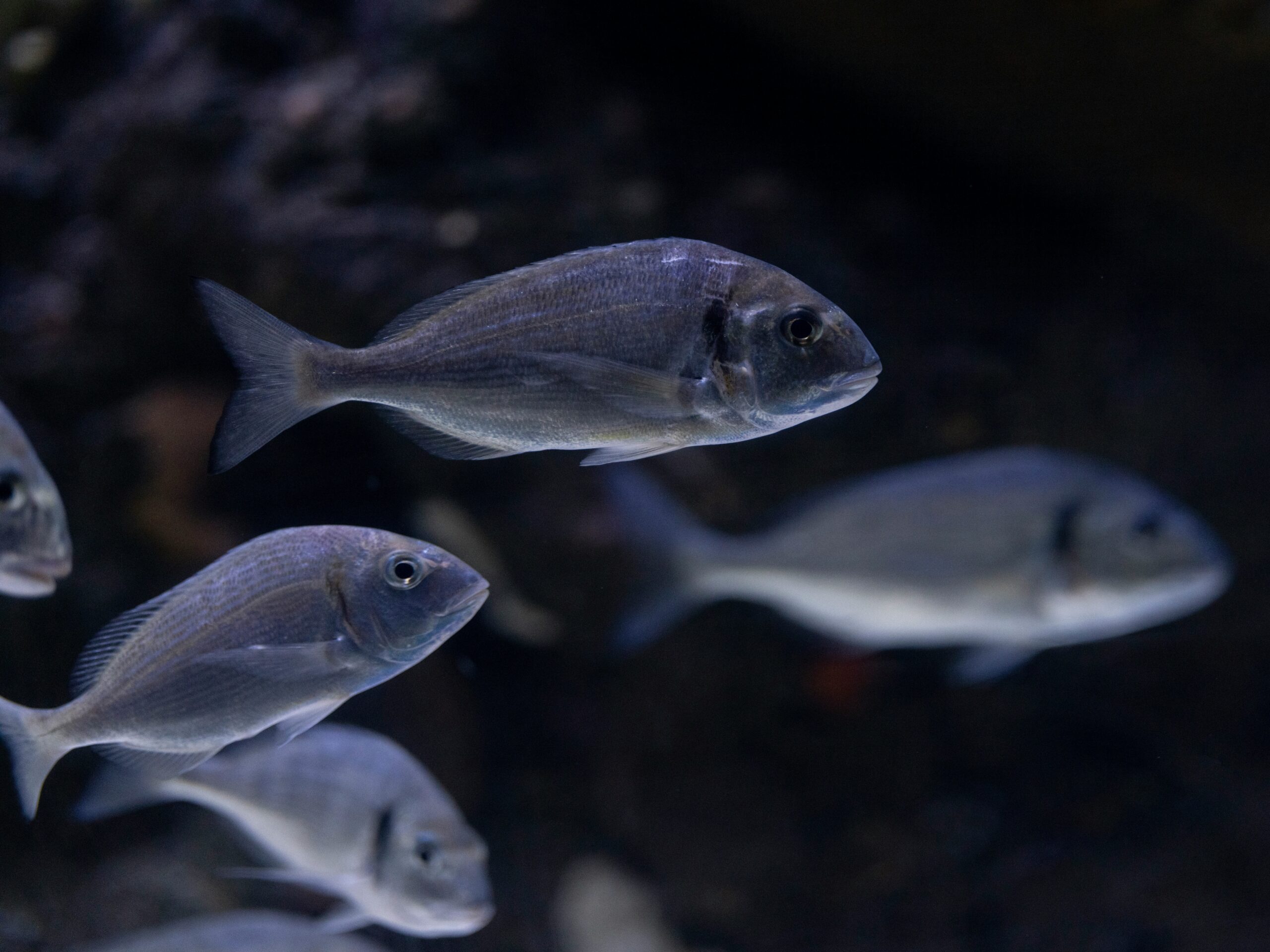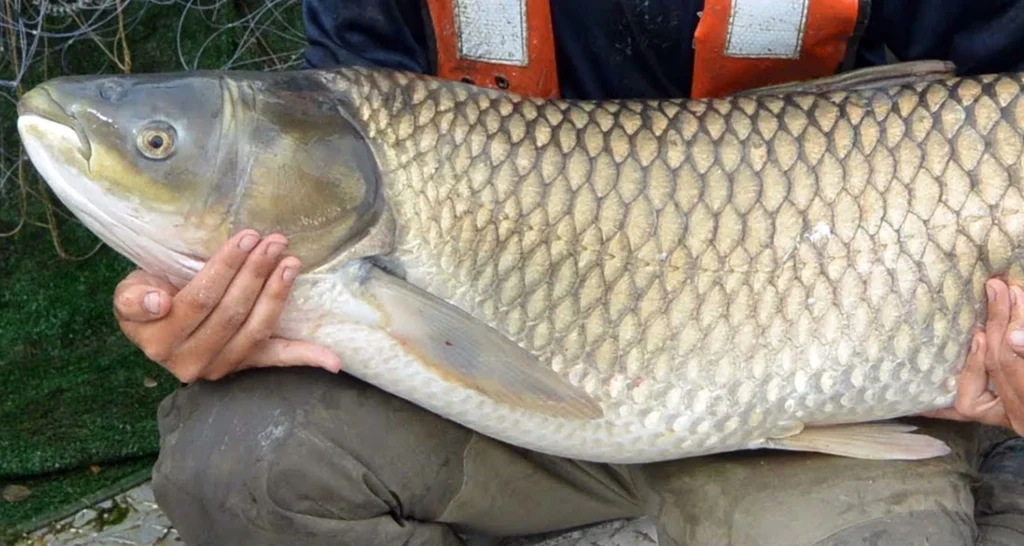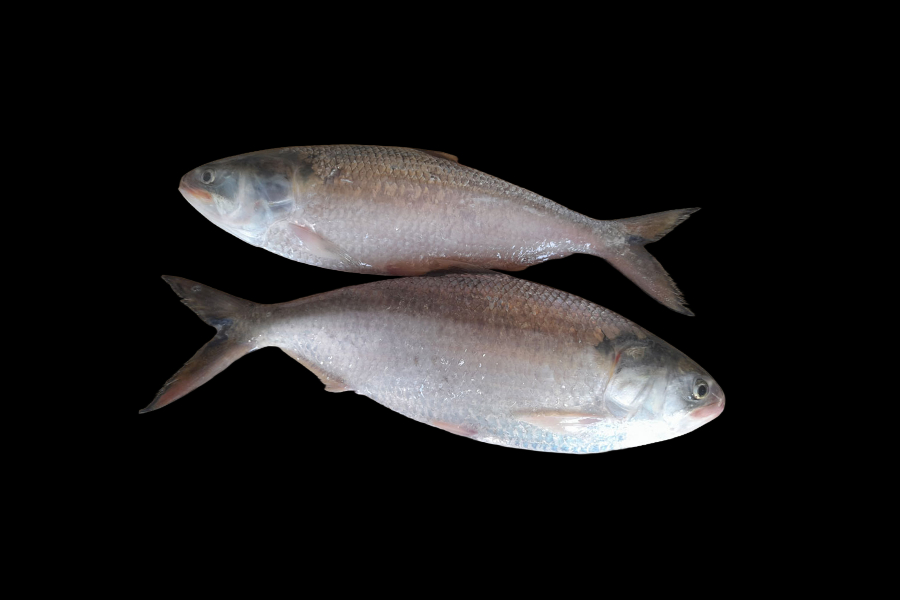River fish generally have the ability to see in low-light conditions, but their capacity to see in the dark largely depends on factors such as the water quality, species of fish, and environmental conditions. Here are some key points:
1. Fish Eye Structure and Ability to See in the Dark
The structure of a fish’s eye helps it see in low-light environments. Fish eyes are equipped with a retina, which is made up of specialized cells that allow them to adapt to different light conditions. These cells are divided into two main types:
- Rods: These cells are sensitive to low light and help fish see in dark conditions.
- Cones: These cells work better in daylight and help fish see colors and details.
Rods are particularly helpful for fish to gather information in low-light environments, allowing them to hunt or navigate in the dark.
2. Dependence on Fish Species
Different species of river fish have varying abilities to see in the dark, and some are particularly well-adapted for hunting in low-light or dark conditions. Here are some examples:
- Catfish:
- Catfish are known for their ability to thrive in dark environments. They rely on electroreception (sensing electrical signals) and their smell sense to locate food in low-light or muddy waters.
- They are highly skilled at hunting in dark, murky water and are nocturnal feeders.
- Stingrays:
- Stingrays also have the ability to see in low-light conditions and can hunt effectively in the dark. They use their electrosensory system to detect the smallest changes in the water, allowing them to catch prey even in murky waters.
- Trout:
- While trout are generally more active during the day, some species of trout do feed at night. Their eyes are well-equipped to handle low light, but they primarily hunt during dawn or dusk.
- Sturgeon:
- Sturgeon are known to have good vision in low-light conditions. They often feed at night, particularly in deep pools or slow-moving waters where food is more abundant.
3. Water Quality and Vision
Water Transparency
- In clear water, fish are better able to see, and their vision is enhanced. However, if the water is murky or muddy, their ability to see becomes limited, and they rely more on their other senses.
- Fish like catfish and sturgeon may have less reliance on visual cues and depend more on their sensory systems such as electroreception and smell in murky water.
Fish Vision and Hunting Methods
- Some river fish, like catfish, utilize electroreception and olfaction (sense of smell) to locate prey in the dark. These sensory systems allow them to navigate and hunt in low-light or dark environments effectively.
4. Nighttime Hunting Techniques
Nocturnal Feeding
Many river fish, especially catfish and sturgeon, prefer to hunt at night. They use their heightened senses to find food in the dark, when other predators may be less active, increasing their chances of successful hunting.
Sneaky Sniping
Certain fish species, particularly those in rocky or deep riverbed areas, may engage in sneaky hunting, staying hidden and waiting for prey to pass by. They can use minimal light and stealth to capture their meal.
Conclusion
River fish are generally capable of seeing in the dark, but the extent of their vision ability depends on their species, environmental factors, and the clarity of the water. Some fish, like catfish and sturgeon, have specialized sensory abilities that help them hunt in low-light or murky conditions, while others, like trout, tend to be more active during daylight hours but can still manage in the dark to some extent.



